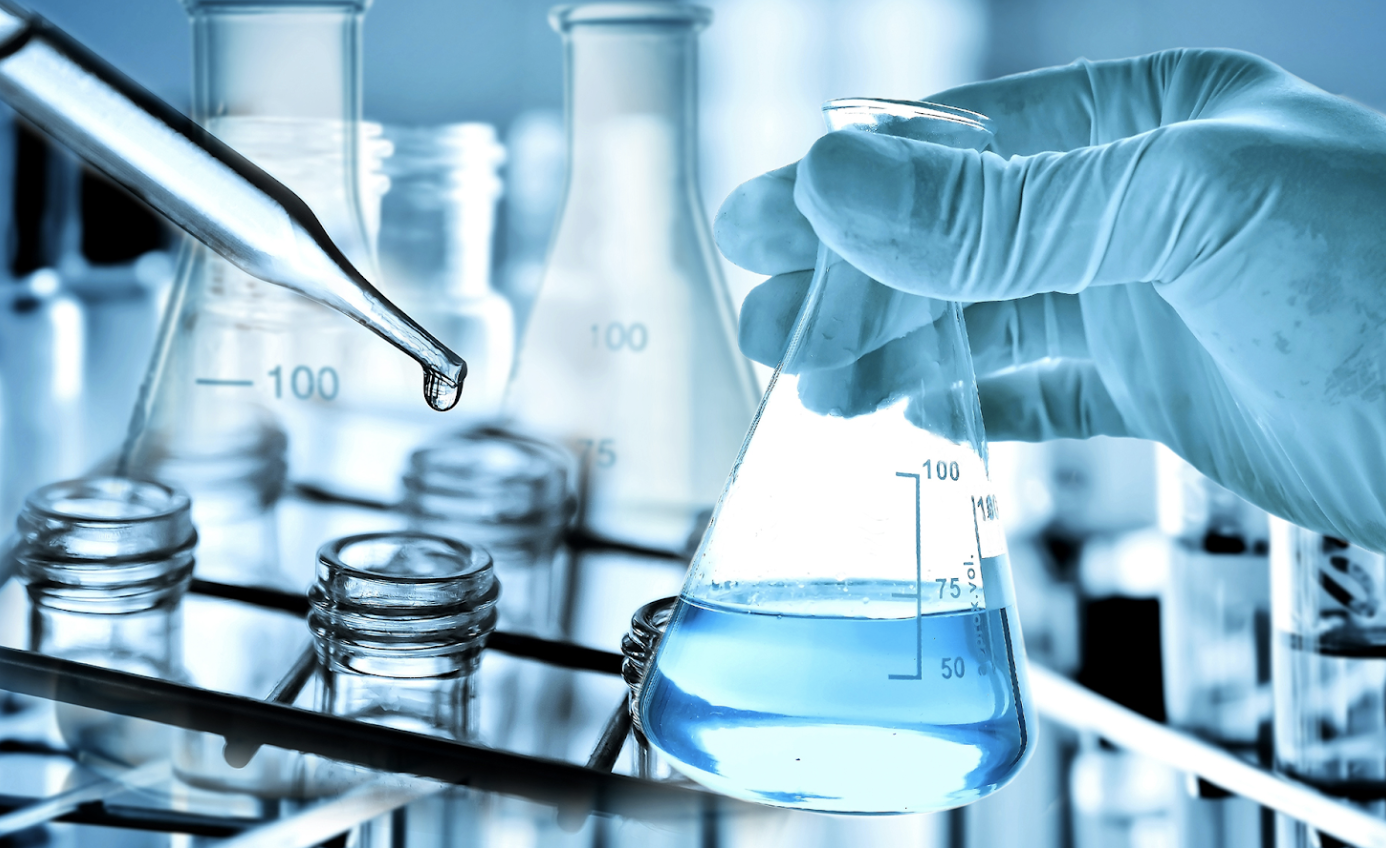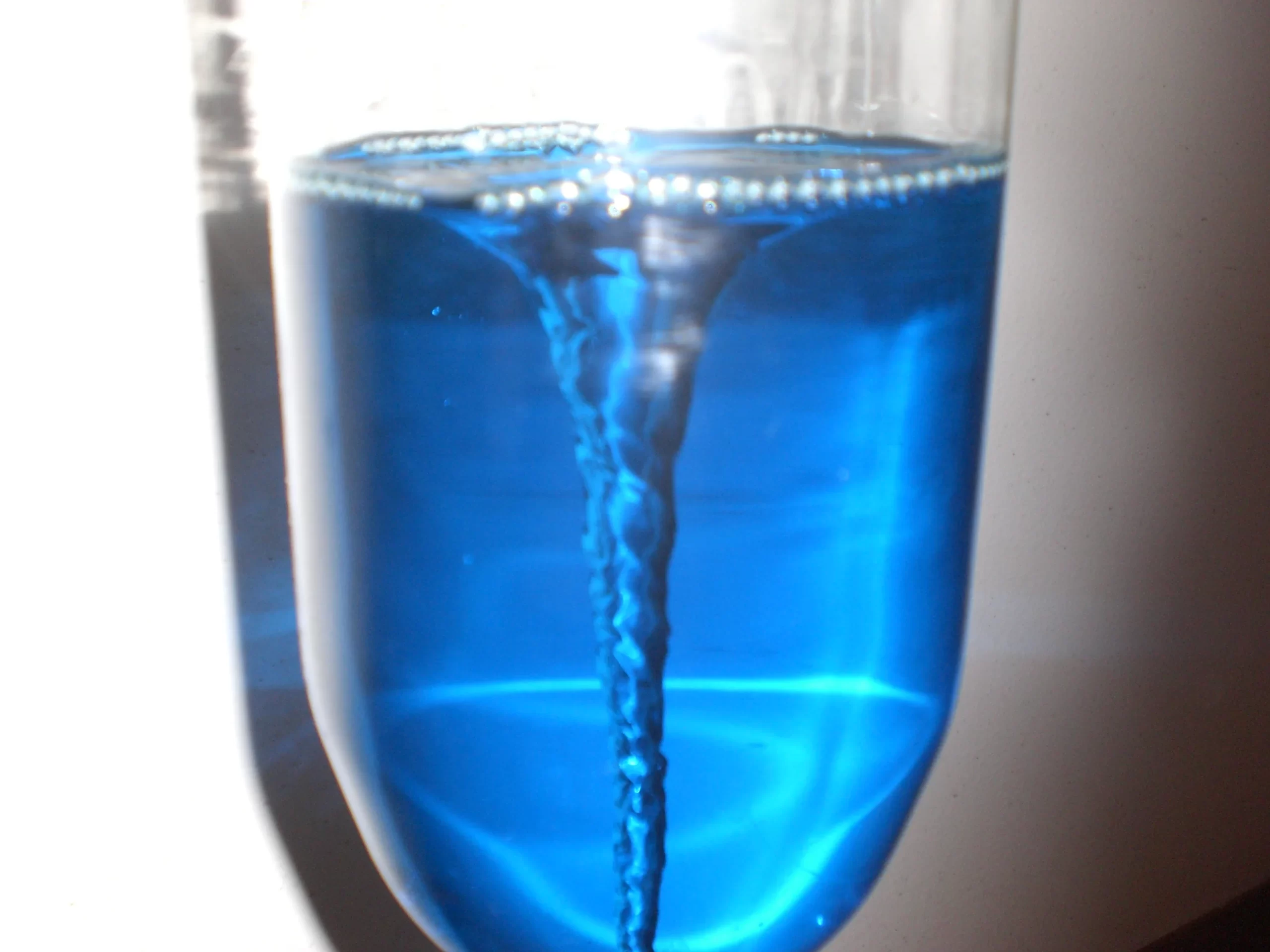By Jonathan Ram, Year 13
What is an acid? The answer may not be as straightforward as you think, because the chemistry of acids is actually quite complicated. An acid is traditionally known as a substance with a pH that is lower than 7, but there is a bit more to acids than just this fact. To understand what makes an acid an acid, the structure and composition of an acid must be considered as well as some of its other fascinating characteristics.
An acid is defined as a chemical substance that can be separated into positive hydrogen ions and an acid radical, also known as an anion. For example, hydrochloric acid (HCl) is composed of a hydrogen ion (H+) and an acid radical (Cl-). Another key characteristic of acids is that they are corrosive and very reactive, meaning that they are capable of destroying substances by making a chemical reaction take place. Acids also react with bases to form salts such as NaCl (table salt), CaCO3 (limestone) or KMnO4 (potassium permanganate).
Acids can be categorised as being either strong or weak, depending on their pH. A strong acid will fully dissociate, or separate, in water while a weak acid will do so only partially. This means that there is a higher concentration of dissociated hydrogen ions (H+) in a solution of a strong acid than that of a weak acid (given that the concentrations of acid in the two solutions are the same). Since pH is calculated by taking the -log10[H+] of the solution, if the concentration of H+ is high (and therefore of a strong acid), its pH value will be low. A few examples of strong acids are hydrochloric acid, nitric acid, and sulphuric acid. Some examples of weak acids include hydrofluoric acid, carbonic acid, and ethanoic acid.
Superacids are traditionally defined as an acid which is stronger than pure sulphuric acid. What separates a superacid from a regular strong acid is that a superacid has a higher ability to protonate (give hydrogen ions) other substances. For superacids, the range of chemicals that they can protonate is very large, and includes pretty much anything that is organic. This makes superacids extremely dangerous, because contact with human skin can be very painful as a superacid will literally decompose it.
The strongest superacid in the world is called fluoroantimonic acid and is unbelievably strong. Fluoroantimonic acid is 20 quintillion times stronger than pure sulphuric acid. Numbers this large don’t even make sense for the human mind, so for another sense of reference, fluoroantimonic acid is even strong enough to protonate hydrocarbons like methane. For those of you who haven’t studied organic chemistry, carbon is the element which defines organic chemistry, and it always has 4 bonds. Hydrocarbons, organic substances made up of carbons and hydrogens, are largely unreactive. However, the fact that fluoroantimonic acid can donate a hydrogen ion to methane breaks this definition because it makes the carbon cation bond with 5 hydrogen atoms! So, if you were ever sitting a test in organic chemistry and you accidentally drew carbon with 5 bonds, just send your teacher this article, and get your marks back (just kidding, but could be worth a shot)!
So, now that you’ve understood what superacids are, you might be wondering if they have any uses besides violently destroying organic matter (which, by the way, I highly recommend watching Youtube videos on). One famous story of a superacid is that of a magic acid, and it is famous because the professor who discovered it, George Olah, wanted to show its strength by dissolving a paraffin candle in it. This was a huge success and his students as well as the scientific world were very impressed, and Olah was eventually awarded a Nobel Prize for his amazing discovery of the superacid. Other than this, superacids are very useful in organic chemistry, as their high reactivity makes them great catalysts for specific reactions. Overall, I believe that superacids are one of the coolest and scariest discoveries in chemistry, and I hope that more uses for superacids are discovered in the future.
Source: https://www.thoughtco.com/the-worlds-strongest-superacid-603639



